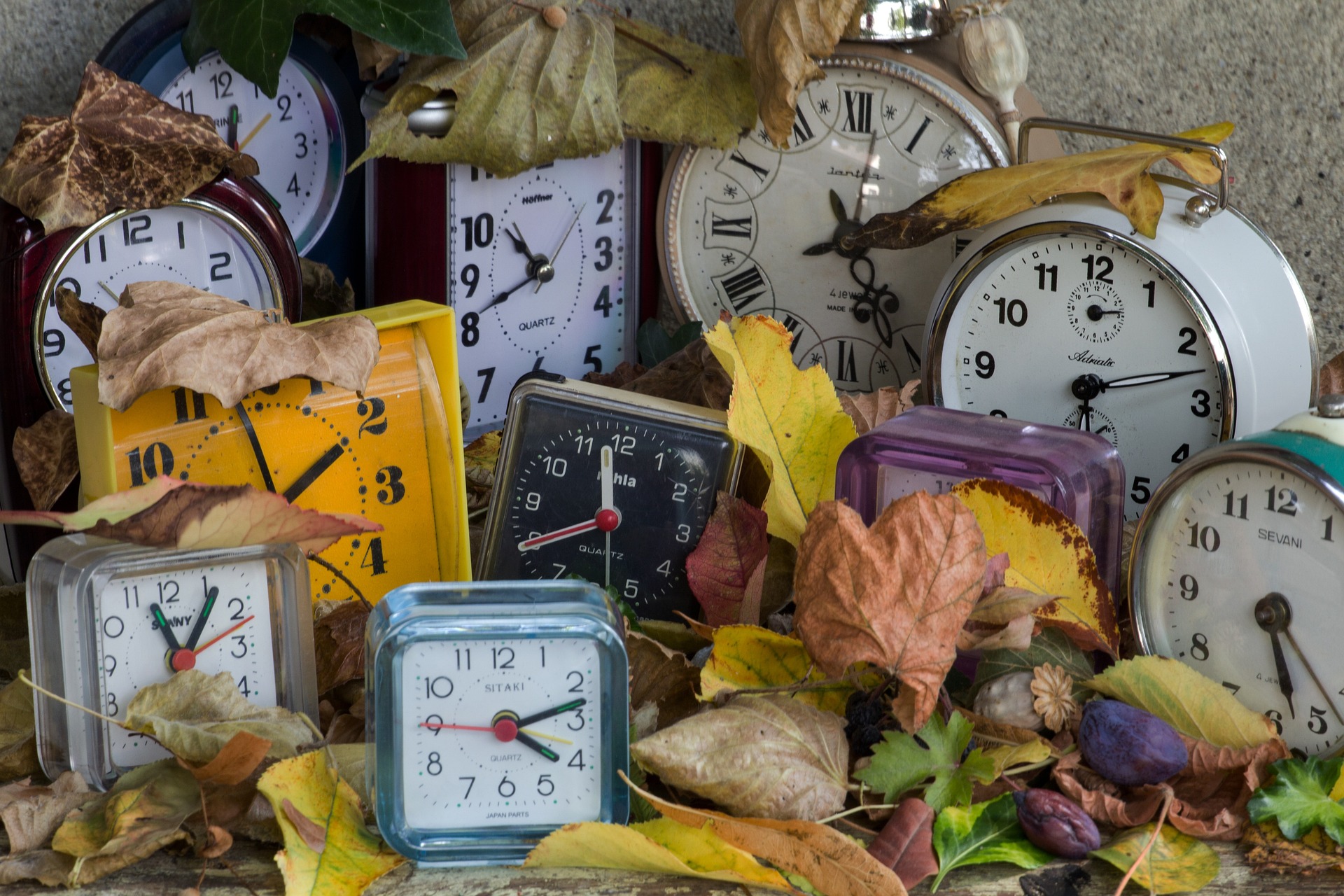I have been having some fascinating conversations with my cousin. The most recurring one is about the Polish attitude to change. He complains that everyone is blase, everyone is unhappy and complains. That makes him blase and unhappy. And then he complains about it. Since we know that what we are bothered by is a projection of our own discomforts, isn’t the obvious thing to start with ourselves? There is a juicy bit at the bottom, as usual I get excited about cutting corners 🙂
The main purpose of criticism is to temporarily feel better about ourselves. When you notice you are criticising someone, you can stop, reflect and see if there is maybe something in you that raises your discomfort. Especially the things we disown: the more you deny something, the more it comes back. Just like me, a kindermetal kid, once wearing only black, today meticulously covered in pink glitter. It came back with vengeance. Have you noticed, once you accept something in you and forgive yourself for having it, it goes away? The world is a reflection of what you have inside of you. And if you are bothered by something – are you bothered enough to change it? Or is the discomfort bearable, within the “nah” zone? The time is going to pass by anyway. See how you want to spend it.
“What if instead of going through life on autopilot, we stopped just long enough to stand face to face with ourselves and stand up to the habits that no longer serve us? Instead of feeling like a failure, we can recognize that our first version was just a prototype to help us rebuild something fabulous. […] What if we stop and become so intentional that our habits, thoughts, and actions are created consciously rather than allowing silent forces to control us?” – Tina A. Williams “The Woman in the Basement”
Okok, to the shore. How to be that change?
So you have the rational side and the emotional side. To change something you need to know what to do and to be motivated to do it. The first part requires breaking the change down into small pieces, coming up with a plan, repeating what works, eliminating the ambiguity. It is good to understand the challenges that come our way. Also, that rational side of us is the one that has to manage the emotional side. In most of the cases 🙂
You didn’t change the world by being cynical!
To make change happen, you need to have a reason. You need to agree that you want it to happen. More often than not, there is a part of our ego that keeps us attached to where we are. We may need time to process it, and realise what actually matters to us and what is just an excuse. Just as trying to force other people to change, you cannot really do it to yourself, can you? People have their right to their point of view no matter what you think about it. You can, however, ask them what would have to happen so that they would change their mind. And maybe help them with some limiting beliefs or approaches to things. Understand what motivates you.
Change requires less effort than you think, especially once you have gained momentum. More often than not, we create for ourselves “the wall of awful”. We avoid doing something and it becomes this big dreaded thing that overwhelms us. Like my laundry while living in Ireland. I had enough office clothes for six weeks, so I would rather buy additional underwear than go to the launderette. Or we paint a picture in our brains, rationalising “why” is a big thing. And then someone like Einstein comes along and does that effortlessly, because they did not know it was supposed to be hard 🙂 Obviously, there are tricks that help with that, like setting the timer for just five minutes of cleaning, only to realise that it really made a difference.
“For Fate – The willing leads, the unwilling drags along.” – Seneca
Then comes the matter of identity. If you believe you are where you are and this is it, chances are you may stay there. If, however, you adopt an attitude that if you put enough effort into something, you will get it, develop this skill or become that person… Well, the world is your oyster! You will probably fail. Probably many times. And that will help you learn. That is called having a growth mindset. Other people explain it better than me 🙂 As an infinite player I believe the only kind of win we really get is our culture, how we shape the world, how we contribute to the continuation of the game of life. In essence, we should be doing what we enjoy regardless of the reward.
Now, how can we work with the circumstances?
Surround yourself with people that do what you want to do. We desperately need to belong, it is one of the fundamental human needs. If you are working with a group, praise the desired behaviours. Did you notice how scrolling certain subjects on Instagram makes you want to do what they do? Maybe, just maybe, following yoga-related instagram accounts of my teachers might have inspired me to travel to India for my YTT.
Sometimes it is a matter of your environment. You can make the right behaviours easier and the wrong ones harder. Lay out those runners and a water bottle just next to your bed for when you wake up. Un-install Instagram if you get stuck in doom-scrolling. Yada yada yada. I mean, yes, check out for the obvious hurdles, especially when you are working with a group of people. We know all that, the same as creating the momentum. The right habit can be like a drop of water that hollows the stone. You know what? It can all mean nothing if our knots inside prevent us from creating new neural pathways. Yes, it is the trauma talk again 😉 And a bit of body hacking too 😀
Here is where I get excited
So you know, my 14-minute yoga practice routine? It did not work. Sometimes I would sit on my mat for 20 minutes trying to make myself start. I rearranged books in my bookshelf dozens of times by now, as I looked at them while trying to get going. Resistance is there for a reason. Sometimes you get stuck and cannot get unstuck, as you have a knot there. Some inner conflict, that served a purpose at a time. If that was not there, addicts and alcoholics would not be addicted. They know it is better for them to change, don’t they?
Okay, so here is what I know. Dopamine, that helps us with being motivated, plays an important role in trigger management (also here). Especially the baseline dopamine (not just the peaks). You come across your trigger, your brain throws dopamine at it, and you remain calm. And probably fatigued, as you used up your dopamine for nothing. Well, not for nothing, but unless you resolve your triggers, you will keep running on low. Low dopamine means little motivation. It also means high prolactine. These are, to an extent, invertedly related. High prolactine also means being attached, often to the things that do not serve you. There is much more, there is hyperprolactinemia, PCOS, inflammation, fatigue, acne, obesity… So many things! All just from the excess prolactine.
What boosts your dopamine?
Other than resolving the triggers of course… Huberman talks a lot about it, I highly recommend. Let me make a note, there will be a separate entry on dopamine management and yoga – there is so much science to it! Relax, meditate, get some vitamin D, take painfully cold showers, eat right, sleep right, listen to some music, and read this article. Most importantly, for the long game, think about developing a growth mindset, where you enjoy activities not for the reward they give you but for the activities themselves. Second huge part of the dopamine hygiene is allowing yourself to have some of that pleasure fast after a period of high dopamine. That is why Nature gave us other neurotransmitters: serotonin, oxytocin, endorphins, melatonin. Learn to appreciate them in your dopamine-free time, especially the ones that require interactions with other people. Touch! We are touch deprived, big time.
| Dopamine – Completing a task – Self-care activities – Food – Little wins – Music | Serotonin – Meditating – Cardio – Time in nature – Sun exposure – Nurture your gut – Eat right (tryptophan, vit B) |
| Oxytocin – Playing with a pet – Touch and cuddling – Giving compliments – Music – Connecting with others | Endorphin – Excercise – Laughter – Essential oils – Dark chocolate – Sex – Music |
There are some things that increase your prolactin levels, and that works against dopamine receptors and their sensitivity. That is: inflammation, anemia, birth control, some types of medication, prolactinomas, sleep deprivation, nicotine, beer. Did you know that some breast feeding women drink alcohol-free beer? Prolactine is necessary for milk production and for bonding, so that mothers would not abandon their babies after they are born.
In most cases, excess stress causes rise in prolactine, so basically, whenever you overwork, party too much, binge the TV-shows or games, overeat, or overdo your cardio – you are going to have a problem. Or if you push through a trigger. Remember how this was using up your dopamine? Note this is about stress, not adrenaline. One time sky-dive will not hurt you. If anything, it can provide dopamine-boosting excitement. Doing nothing else but that all day long sounds like trouble.
And then there is sex. Right after sex our bodies produce a hefty amount of prolactine. The upside is, it makes us attached to our partners. The downside: it makes us attached to our partners, esp. triggering ones (remember orienting response?). It also makes us not wanting to have sex immediately after an orgasm. Prolactine levels remain elevated for two weeks from that moment. For this reason, sportsmen are advised to avoid sex in days leading to the competition and ayahuasca partakers are told to avoid it for weeks before the ceremony.
Speaking of drugs, some drugs cause a spike in prolactine too. You get it after MDMA, after weed or after ayahuasca. Some people get very attached to people they took Molly with. Others discover an option to go through their childhood patterns after ayahuasca (attachment! prolactine!). And weed… well that creates mostly fatigue and inflammation. This probably explains why some people despite days of raving (as in, like, techno) remain chubby. Molly gives you that dopamine hit for the eight hours of raving. And then gives you so much prolactine it more than offsets the hit. Not all drugs have that effect though, but that’s for another entry. #dontdodrugs
How can we leverage that?
Eat well. Sleep well. Manage your effort to reward ratio. Do things that excite you, even if that means staying up the night, but keep in mind the overall hygiene. For God’s sake, do not smoke. Work-out moderately, preferably outdoors. De-stress. Resolve your triggers. Reduce your scrolling time. Do yoga and meditate. The change will get easier. Evaluate your life – maybe you are running on low? High dopamine baseline is when the motivation drives you. No need to think about the why, the change just happens, becomes effortless. You will also see how much leaner your body will be, as dopamine works amazingly for the weight loss 🙂



